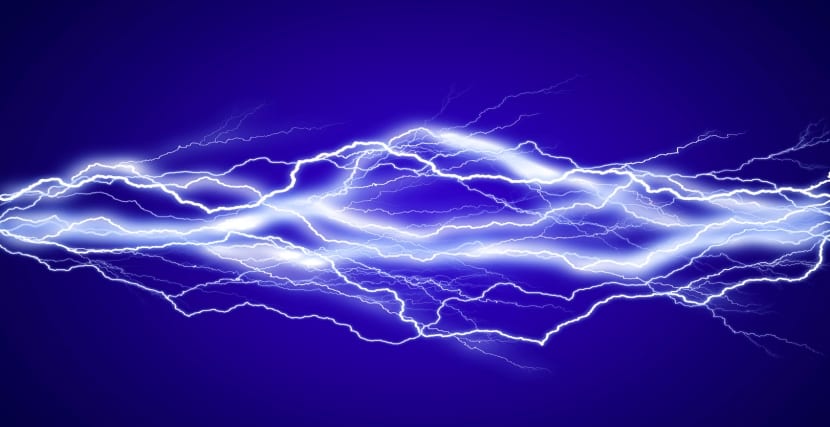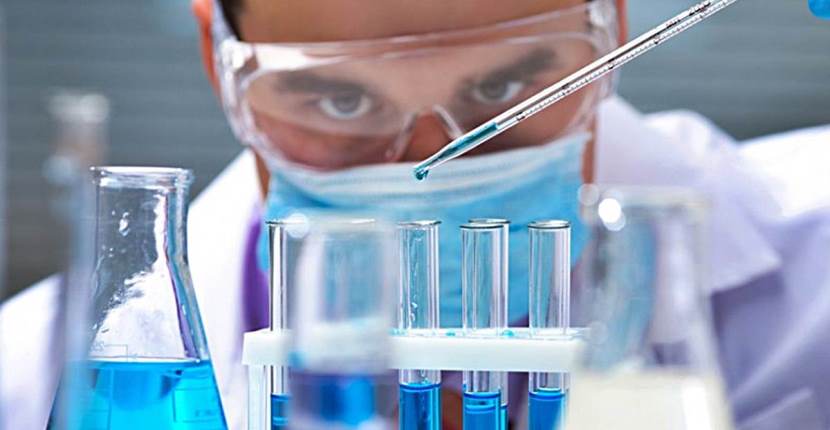
For quite some time we can observe how our daily life seems to be gradually moving towards the use of all kinds of objects and devices moved by electricity. Due to this and given the enormous dependence we have on the consumption of fossil sources to generate electricity, something that will eventually run out sooner or later, there are many private companies or directly all kinds of researchers who work in the search for alternative ways to generate this kind of resources.
This time I want to tell you about the new work that has recently been published by the University of Limerick, located in Ireland, where a group of researchers has managed to develop a new methodology through which a system would be capable of generate electricity from tears. Undoubtedly a milestone that, at least personally, has left me somewhat perplexed but that can be much more useful than you can imagine, especially in the field of biomedicine.

Extracting electricity from tears can be very important in the short term future
As stated by the people in charge of the study through which all the necessary operations are exposed so that any other equipment can extract electricity from tears, the idea would go through getting apply pressure to the crystal of a protein present in this fluid that many of us tend to quickly remove from our face once it makes an appearance, whatever the reason. This pressure exerted on the protein would be what would finally generate the electricity.
Going into a little more detail, as explained in the paper that has been written and published by the research staff of the University of Limerick, we are talking about applying pressure on the protein known by the name of lysozyme. The most interesting part of this is that, although there is talk of tears as a source of this protein, the truth is that it is very abundantly present in nature, for example in egg whites, saliva or own milk.
Returning to the methodology developed, this work is based on the use of the piezoelectricity, name by which the ability to generate energy that some materials have when they are subjected to great pressure and it also comes in other materials such as quartz which, when subjected to strong mechanical stress, produce electricity. As a detail, tell you that this quality of certain materials has been known for quite some time and today it is already used in many commercial applications such as in mobile phone resonators, in ultrasound images ...

Aimee Stapleton, the researcher responsible for this project, believes that this type of electricity generators can be very interesting in the field of flexible electronics or in biomedical devices
In the words of Aimee stapleton, main author of this work:
Until now, the ability to generate electricity from this particular protein had not been explored. The extent of piezoelectricity in lysozyme crystals is significant, of the same order of magnitude as quartz. However, because it is a biological material it is not toxic, so it could have many more innovative applications as an electroactive and antimicrobial coating for medical implants.
For now, the truth is that there is still a lot of work to be done to develop true applications for this new technology, although, despite what you may be imagining, getting electricity from this type of protein can be something very interesting, about all for topics related to flexible electronics or biomedical devices.
Since it is biocompatible, it is the perfect replacement to conventional piezoelectric generators, which often have toxic elements such as lead, or also as a system to release drugs in the body, using lysozyme as a pump to generate the necessary energy.
I've always been told that he had an electric look
...